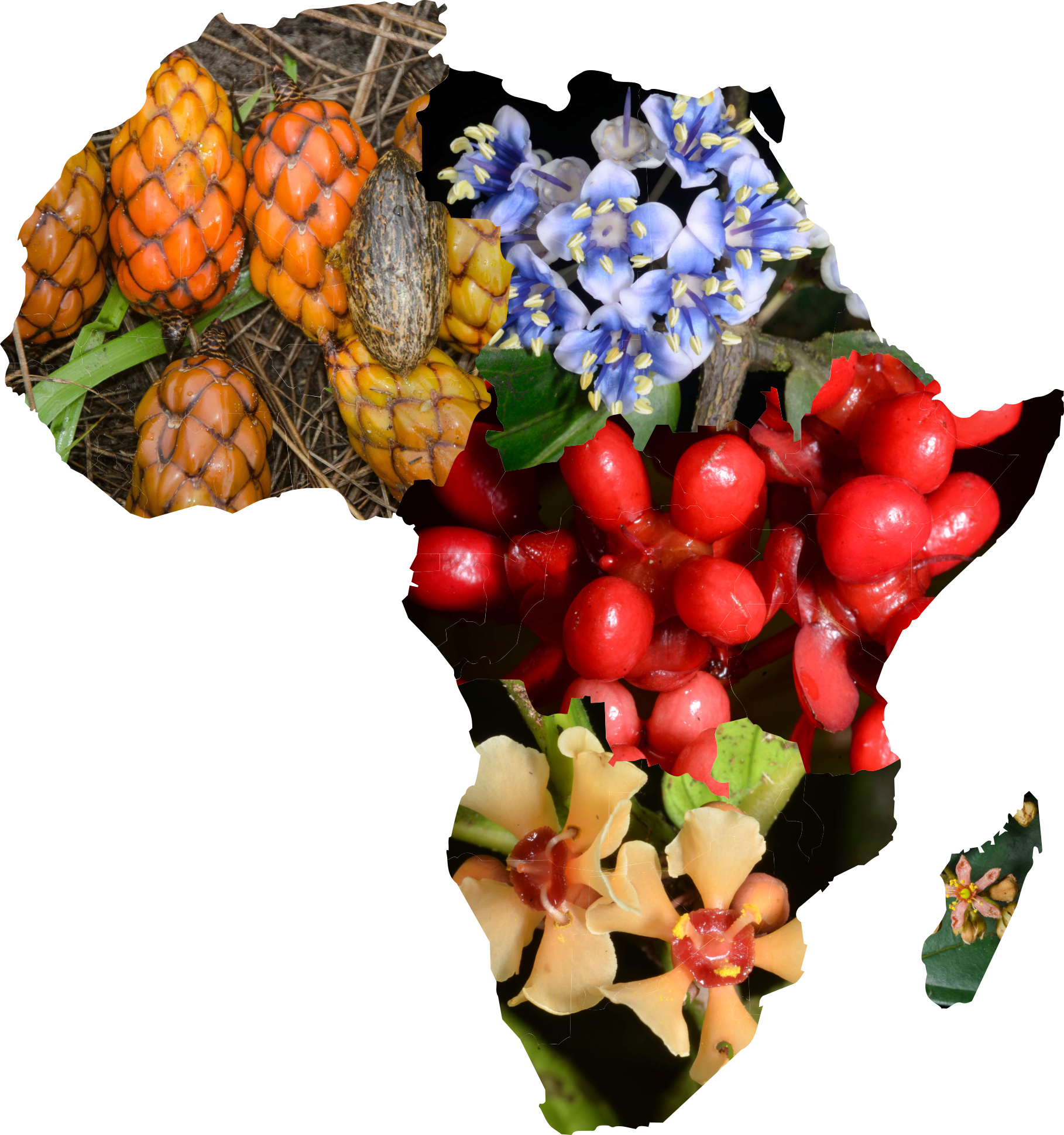MO:Seed Plants
173705 Terese B. Hart 906 1989-03-10
Democratic Republic of the Congo, Orientale, Epulu, zone de Mambasa (Ituri Forest). Forêt mixte., 1.41666 28.58333, 750m
MO:Seed Plants
2704032 O.A. Kibure 1147 2004-03-23
Tanzania, Singida, Singida Rural, T5. Mwaru Village, S of village office. Woodland with Julbernardia globiflora, Brachystegia spiciformis, Commiphora sp, Terminalia sp, Combretum sp., -4.78305 34.27777, 1293m
MO:Seed Plants
122008 J.C. Lovett 2936 1988-01-24
Tanzania, Morogoro, Kilosa, Elphon's Pass. Woodland with Adansonia, Commiphora, Brachystegia microphylla., -7.36666 36.7, 900m
MO:Seed Plants
173166 Z.K. Rulangaranga 6 1989-07-27
Tanzania, Dar es Salaam, Kinondoni, University of Dar-es-Salaam Campus. Thicket., -6.8 39.25
MO:Seed Plants
169939 B.E. Mhoro 6261 1989-09-04
Tanzania, Tanga, Handeni, Kilindi. Lowland closed forest., -5.6 38, 600m
MO:Seed Plants
170615 Roy E. Gereau 2475 1988-11-13
Tanzania, Iringa, NE side and top of hill at turnoff to Nyamakuyu from Mafinga - Madibira Road, -8.2 34.85, 1200 - 1280m
MO:Seed Plants
173666 Terese B. Hart 1363 1992-03-26
Democratic Republic of the Congo, Orientale, Epulu, Zone de Mambasa (Ituri Forest). Collector: J. Ituri, 1.41666 28.58333, 750m
MO:Seed Plants
173325 Terese B. Hart 952 1990-02-20
Democratic Republic of the Congo, Orientale, Epulu, Zone de Mambasa (Ituri Forest). Forêt mixte., 1.41666 28.58333, 750m
MO:Seed Plants
784230 Terese B. Hart 970 1990-05-09
Democratic Republic of the Congo, Orientale, Epulu, Zone de Mambasa (Ituri Forest). Forêt secondaire âgée. (> 70 ans)., 1.41666 28.58333, 750m
MO:Seed Plants
1311236 G. T. Mwiga 31 1998-10-21
Tanzania, Tabora, Tabora Rural, T4. Tabora Beekeeping Training Institute. Forest., -5.05583 32.82944, 1165m

